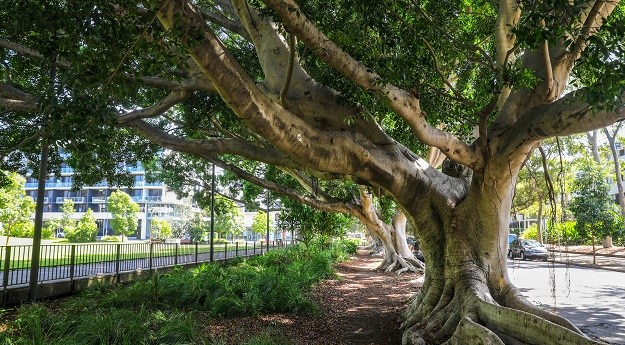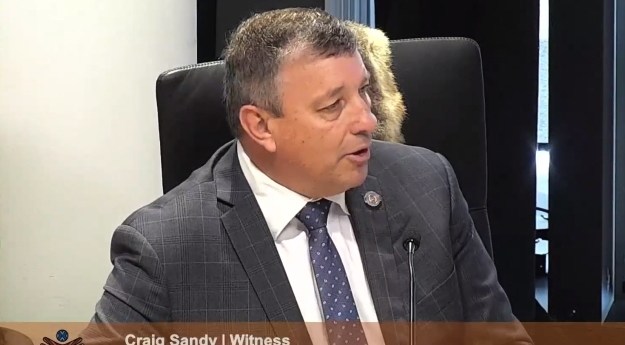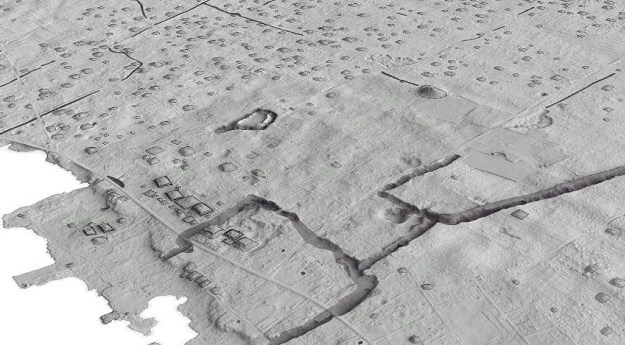Bundaberg is located at the southern tip of the Great Barrier Reef in the heart of a rich sugar and horticultural belt. The name is well known – it is the home of the famous Bundaberg Rum.
Just four hours drive north from Brisbane, the city is home to 46,000 people. It services 120,000 more in the hinterland. The local government area covers 96 square kilometres.
Recently, the local government authority, Bundaberg City Council, and the Department of Natural Resources in Queensland embarked on a joint venture to correct the area's cadastre.
A considerable amount of time and money had already been invested in increasing the spatial accuracy of cadastral data when council workers discovered a problem. In the new cadastre, all the assets that had been captured and maintained over previous years were now incorrect.
Bundaberg, in common with many other jurisdictions, had defined the position of assets by their relationship to the cadastre, not by some co-ordinate system. This sounds counter-intuitive, but it is an excellent methodology for council workers in an urban environment, because the cadastre itself is clearly defined by fence posts, brick walls and so on.
Thus, a plan that says a pipe is buried one metre from the wall is valuable. A position defined in terms of co-ordinates would be less so.
The workers at Bundaberg, however, now discovered the downside to this process. Any errors in the position of the original cadastre are reflected in the position of the buried assets. As long as the original relationship between asset and cadastre is maintained, this is not a problem. Break that relationship – and the chart of buried assets is worthless.
The answer was to restore the relationship by shifting the asset by exactly the same amount as the cadastre, thus preserving the relationship between the two. As a by-product, any improvement in accuracy in the cadastre would also be reflected in the accuracy of the co-ordinates of the asset.
Easy to say; not so easy to do. The assets had to be shifted while maintaining existing topologies and attribute information. This is harder than it sounds. The new cadastre was not achieved by setting some control points and block shifting the cadastral fabric. Rather, it required a more methodical re-definition and re-drafting of the cadastral fabric based on the survey plans themselves. This move would potentially alter the shape, size, and number of nodes per polygon in the Digital Cadastral Database (DCDB).
To overcome this problem, Lagen Spatial's development team created a solution that was built around FME from Safe Software in Vancouver.
FME is best known for its role in translating data between GIS and other software formats. In this application, however, it helped analyse the differences between the old and the new cadastre. FME was then used to apply those differences onto the asset groups, ensuring that line, points and arcs maintained their relationships in the cadastre.
Having many variables reflecting these shifts in the asset groups was quite difficult and required the ability to capture the degree of shift of each node.
There were 68,000 shift vectors in the project, reflecting the change between the old and the new cadastre. They ranged in distance from zero to around ten metres.
These shifts also included dealing with circumstances caused by land subdivision: re-configuration, consolidation and resumption. From a spatial point of view, these scenarios produced relationships of one to many, many to one, many to none and none to many variations – all of which were taken into account.
In some areas that were newer and had more extensive land development, there was no change between the old and the new cadastre. They were used as control points for any shifting undertaken in the area.
Quality checking was undertaken at this point because the shift vectors would govern the quality of all future steps from this point.
The shift was then applied to the datasets. However, some asset groups required differing methodologies. For instance, the process applied to the water network – being largely lines and points – is significantly different from the processing of shifting building footprints.
The building footprints were captured from a variety of sources and as such, the shape of the polygons was not allowed to change. On the other hand, the shape of polygons is the least important attribute of a pipe network, where length is very important.
Once again a rigorous quality check was undertaken. However, due to the previous quality check of the shift vectors, very few errors were found.
The processes used in the cadastre re-alignment project at Bundaberg can easily be adapted to a number of other scenarios regularly faced by council GIS officers.
One could use it to move a town planning scheme, or any other administrative boundary such as suburb, census, postal and political boundaries. It could also be used to increase the accuracy of large scale datasets such as waterways or road networks.
For more information on the Bundaberg project, contact: Matt Fossey, Lagen's spatial technology consultant, on +61-7-3112-2900.
Alison Allan is the director of operations with Lagen Spatial in Sydney.
Issue 34; April – May 2008













